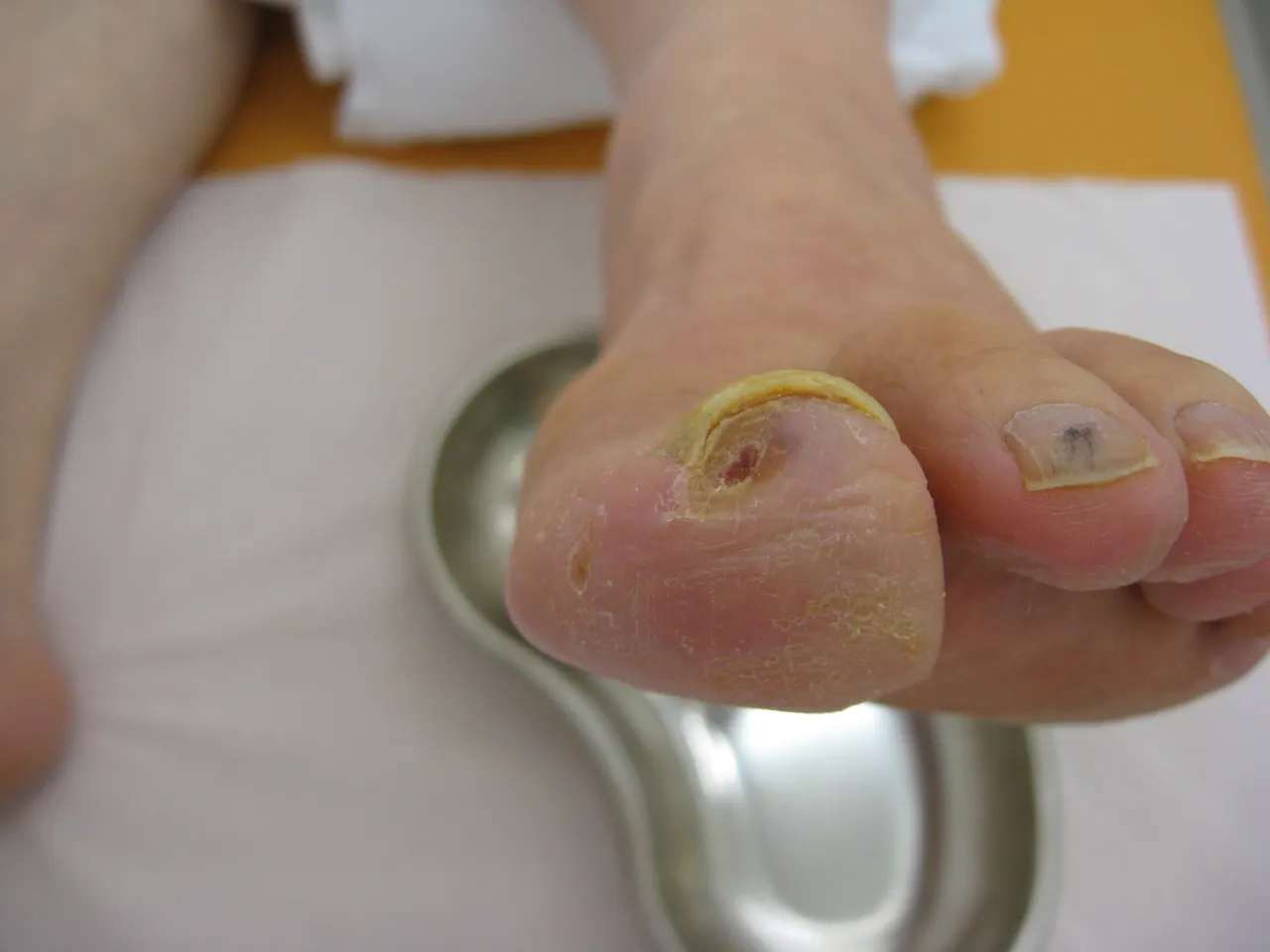Hi everyone, today I am going to be sharing about Peripheral Arterial Diseases. To begin with, what is peripheral arterial disease? The peripheral arterial disease has to do with the narrowing of the arteries that supply the limbs and the peripheries. These areas include the limbs (legs, and arms) in which the arteries are narrowed and blocked reducing the blood supply to these areas. When this occurs, it usually leads to Claudication (a condition associated with pain or discomfort in the legs while walking as a result of lack of oxygen). The condition in which there is insufficient blood flow to a part of the body is known as Ischaemia, and intermittent claudication occurs in the leg as a result of peripheral arterial disease which usually shows signs during exertion, causing cramp, pain, and ache. The peripheral arterial disease also leads to critical limb ischemia which is a condition where there is a severe blockage or narrowing in the arteries of the limb as a result of lack of blood in those regions. This affects the leg even at rest causing pain at rest, non-healing ulcers, and gangrene (Death of a tissue as a result of inadequate blood supplies to the tissue). Another type of peripheral arterial disease is Acute limb ischemia which is a rapid, sudden, blockage of the legs and the arms, as a result of a clot or thrombosis blocking the arterial supplies to the limb. These diseases could lead to necrosis (the death of cells and tissues of a part of the body).

Atherosclerosis is derived from two words, it is the combination of Atheromas (which are fatty deposits in the arteries) and sclerosis (which is the hardening or stiffening of the walls of the blood vessel). In other words, it is a condition where the arteries are narrowed or blocked as a result of buildups of plaques made up of cholesterol and other faty substances causing the blood vessels to be hardened. Atherosclerosis affects both the large and the mediums batteries resulting from inflammation and activation of the immune system in the artery wall causing lipids to be deposited in the wall, leading to atheromatous plaques in the artery which would cause the stiffening of the arteries which could lead to hypertension and heart strain causing the the heart to beat with force if it affects the large arteries. It could also lead to reduced blood flow to the part of the body (stenosis), and thrombosis as a result of rupture of the plaque.
Risk factors associated with Atherosclerosis would include old age, family history, being male, smoking, eating high fat and sugar leading to poor dieting, alcohol, lack of exercise, obesity,increased stress and poor sleep. Also certain conditions can increase the risk of having Atherosclerosis and this medical conditions includes diabetes, chronic kidney disease, use of Atypical antipsychotic medication, hypertension, and also inflammatory conditions. The physician can ask if the patients have any of these medical history or does any of the activities that are risk factors. Atherosclerosis can lead to Angina (pain and discomfort in the chest as a result of blood not passing through the muscle of the heart), Transient Ischaemic Attack, Myocardial Infarction (what we know as heart attack, which is as a result of blood flow not reaching the part of the heart and causing damage to the heart muscle), Peripheral Arterial Disease, Strokes, and Chronic Mesenteric Ishaemia.
When a patient suffers from Peripheral Arterial Diseases, such as Intermittent Claudication, patient will experience crampy pain in the calf muscles, thighs, and buttocks, after walking for long, which often disappears after a long rest.
Patients that suffer from Critical Limb Ischemia usually experience chronic ischemic rest pain in the limb. They also experience pallor, paralysis, lack of pulse,paraesthesia, and are perishingly cold. The patients experience burning pains when the legd are at rest or raised because blood isn't getting to foot again since gravity isn't pulling blood to the foot.
Leriche Syndrome is a Peripheral Arterial Diseases which is regarded as a clusion in the distal aorta, and common Iliac artery, which could lead to thigh or buttock claudication, absent femoral pulse, and male impotence. It is usually associated with a high risk of amputation, cardiovascular events and also death.
When examining Peripheral Arterial Diseases, signs such as tar staining, xanthomata (when the skin has yellow cholesterol deposits), signs of previous cardiovascular disease such as midline sternotomy saphenous vein harvesting scar, missing limbs, traces of previous amputation, previous coronary artery bypass graft, signs of previous stroke such as weakness, weak pulses in the radial, brachial, carotid, femoral, abdominal aorta, popliteal, and dorsalis pedis are also signs to check during examination. Skin pallor, Cyanosis, Dependent Rubor, hair loss, poor wound healing, leg ulcers, gangrene and muscle wasting. Also temperature reduction, sensation, prolonged capillary refill time. These examinations can be done using a doppler, and Buergers's test, Ankle-brachial pressure index, Duplex ultrasound, and Angiograph (MRI, CT).
Treatment would include treating the underlying medical condition such as hypertension, and diabetes. In the case of Intermitent Claudication, management would include quitting smoking. Exercise training, and medications such as Atorvastatin, Clopidogrel, Naftidroguryl Oxalate (a vasodillator), surgical options such as angioplasty and stenting, Endarterectomy, and Bypass surgery can be used.